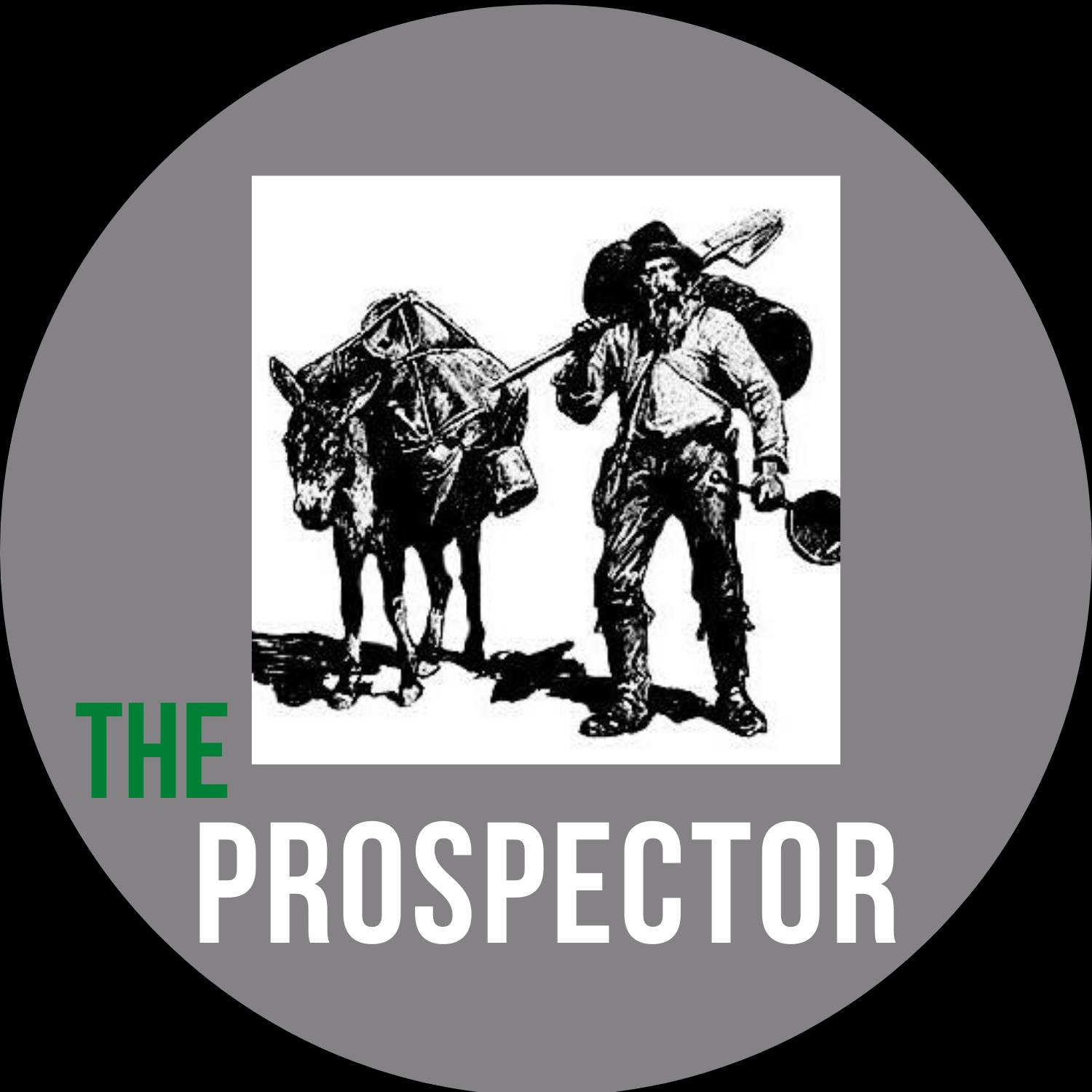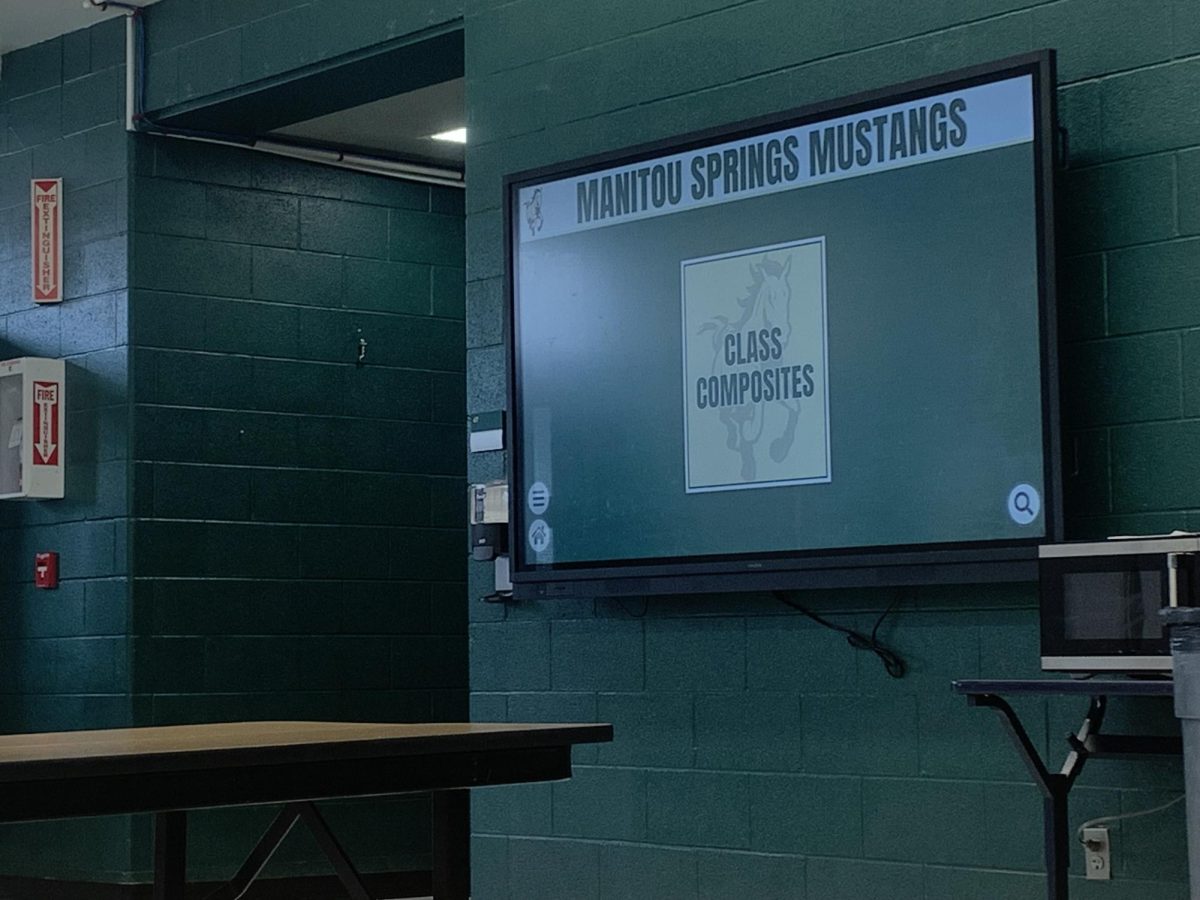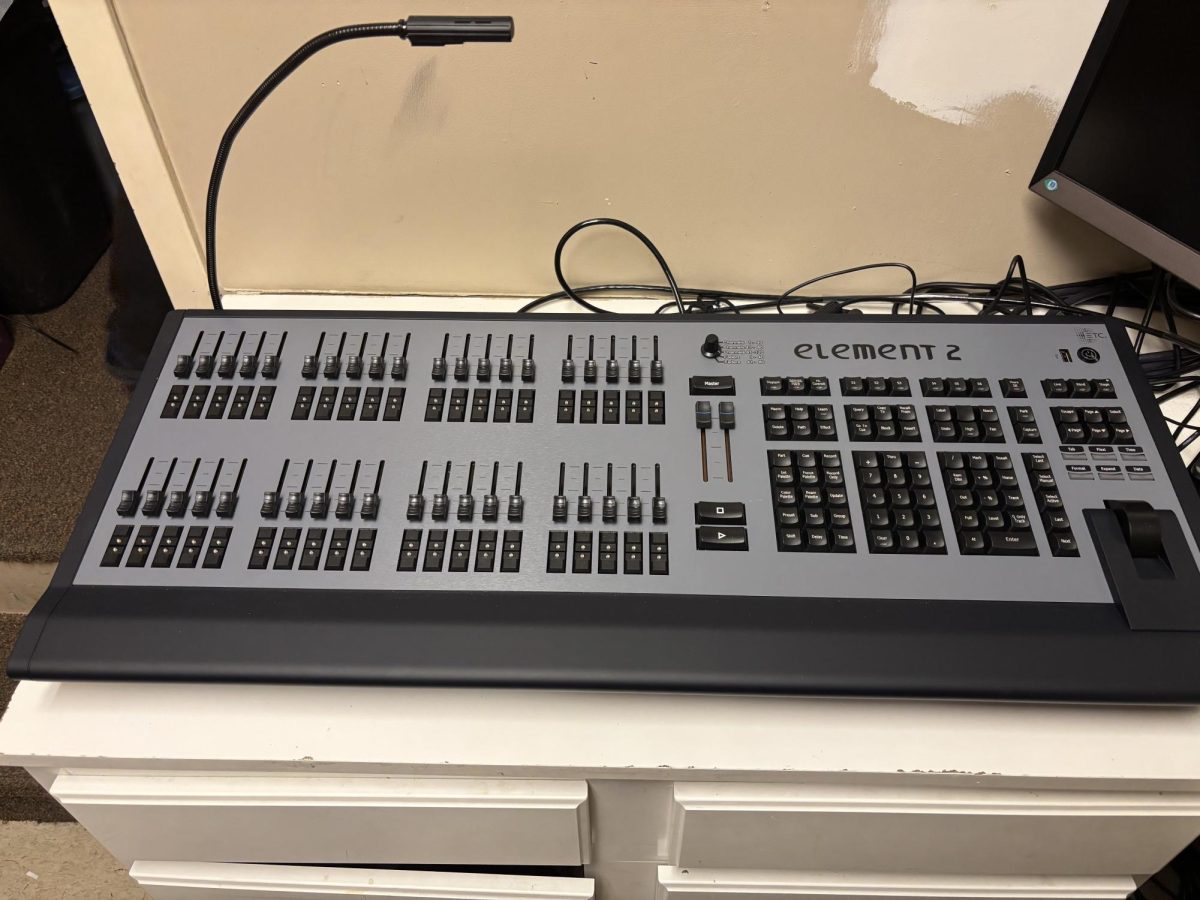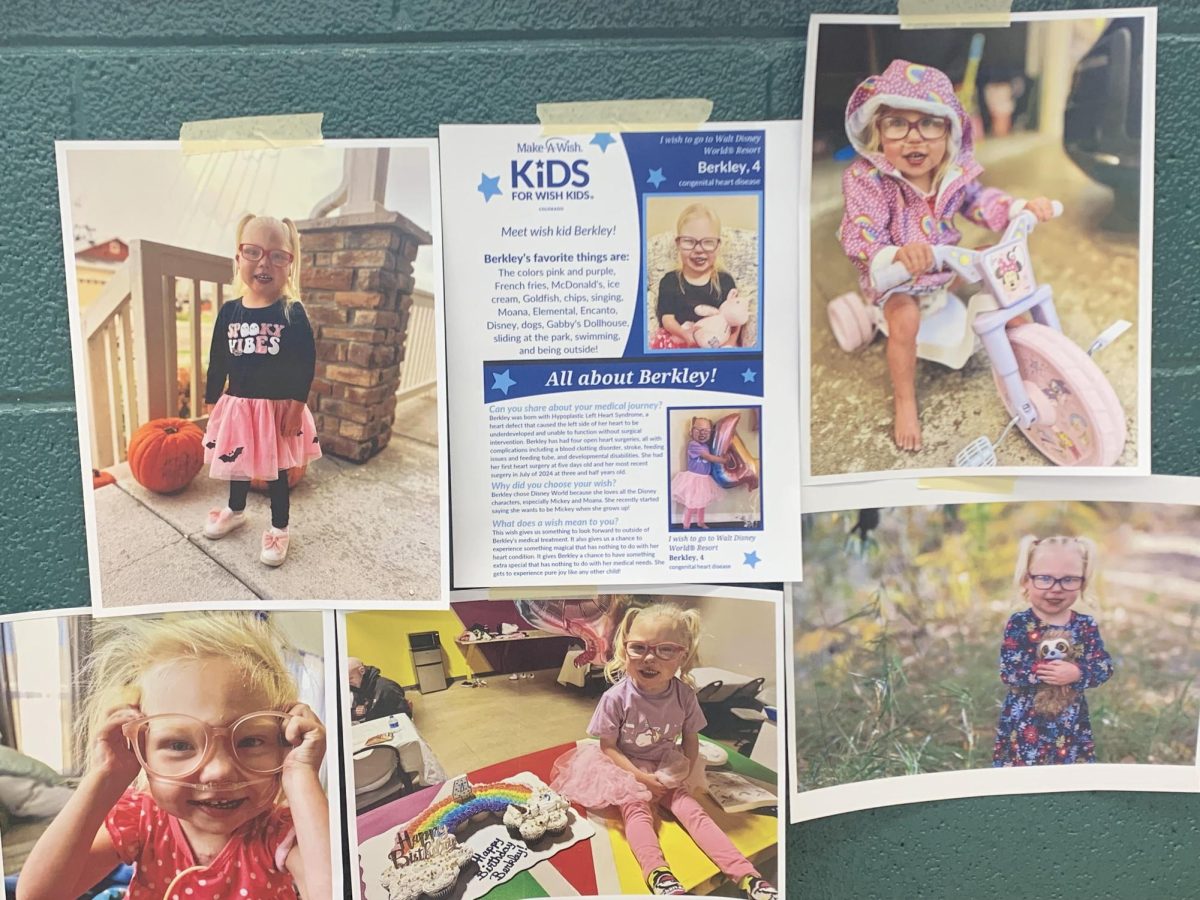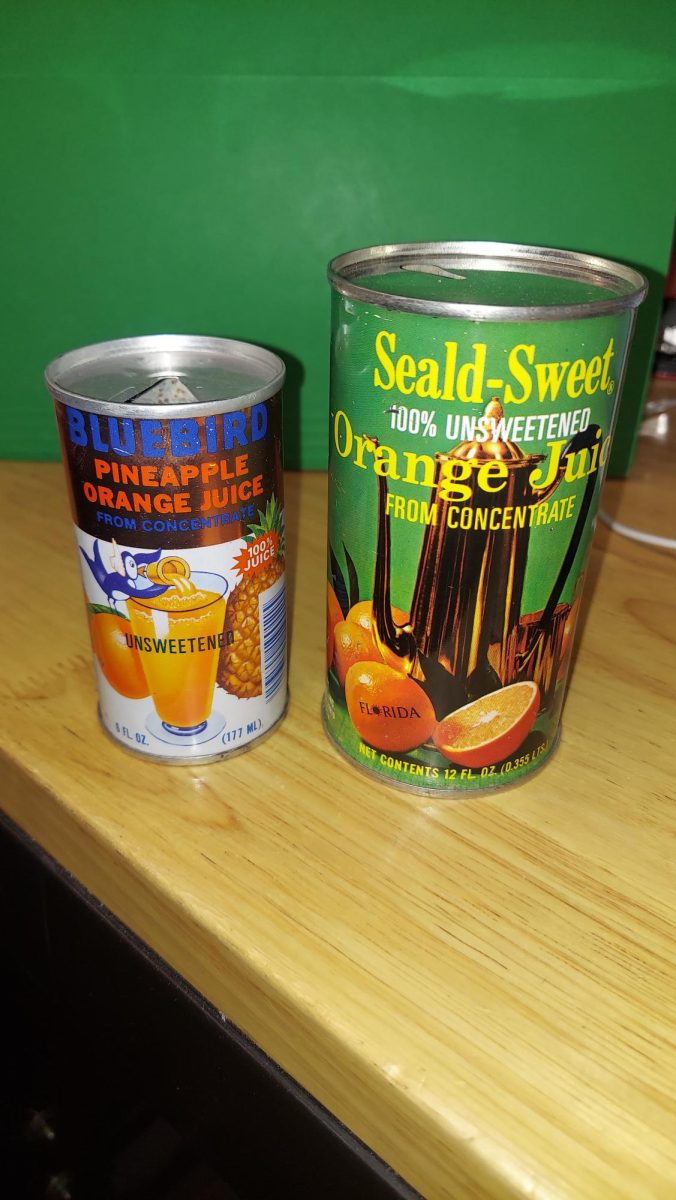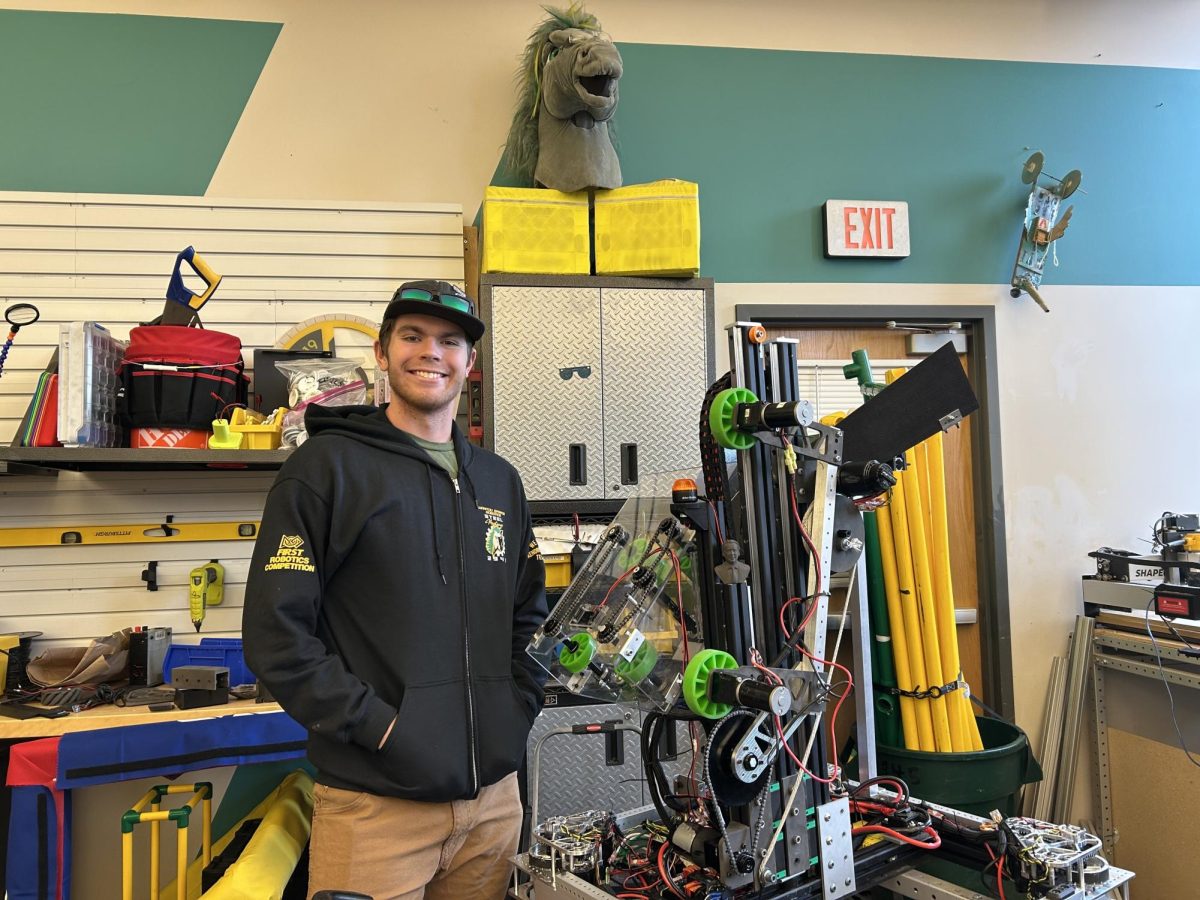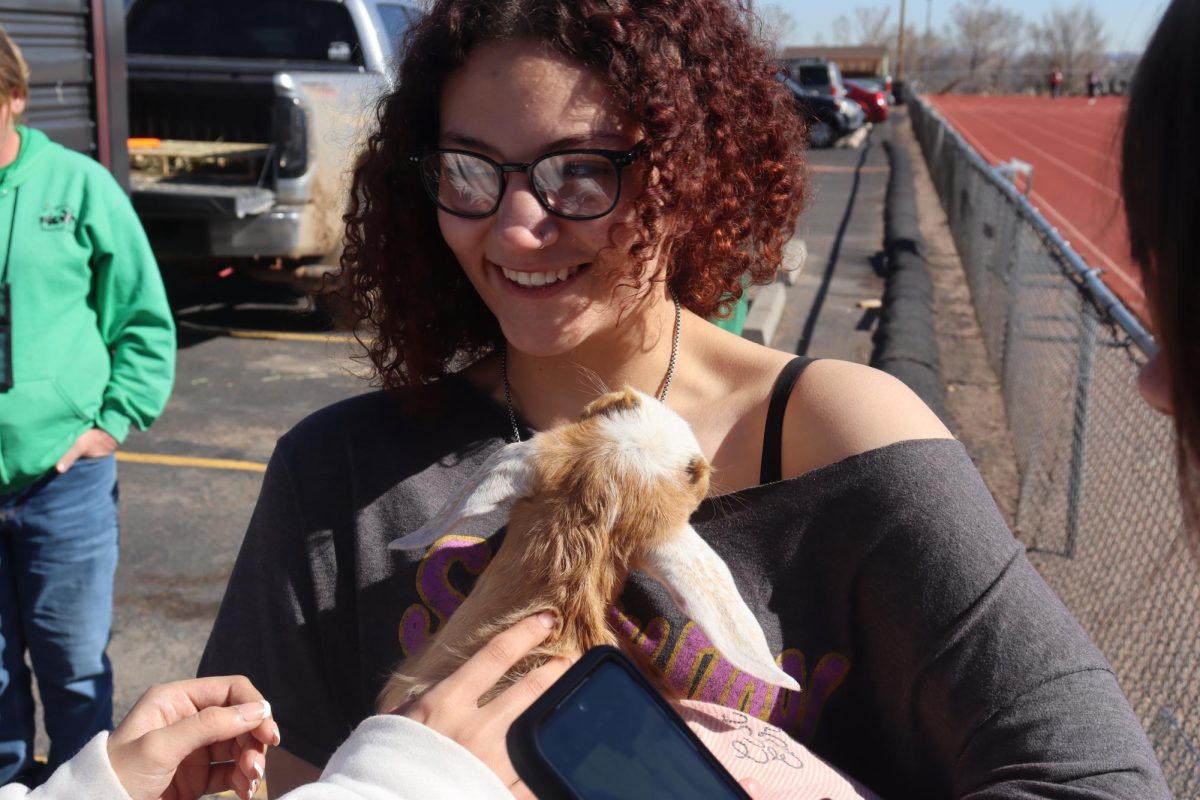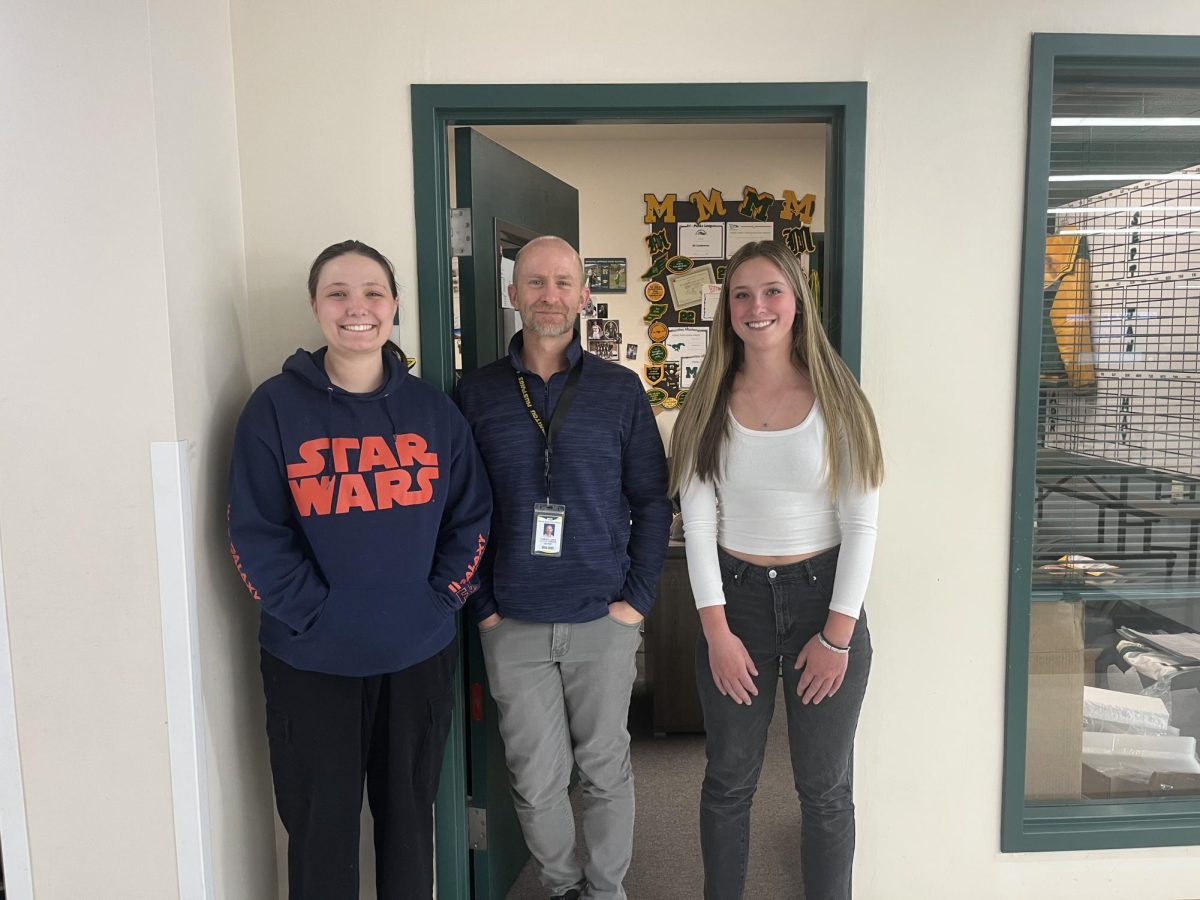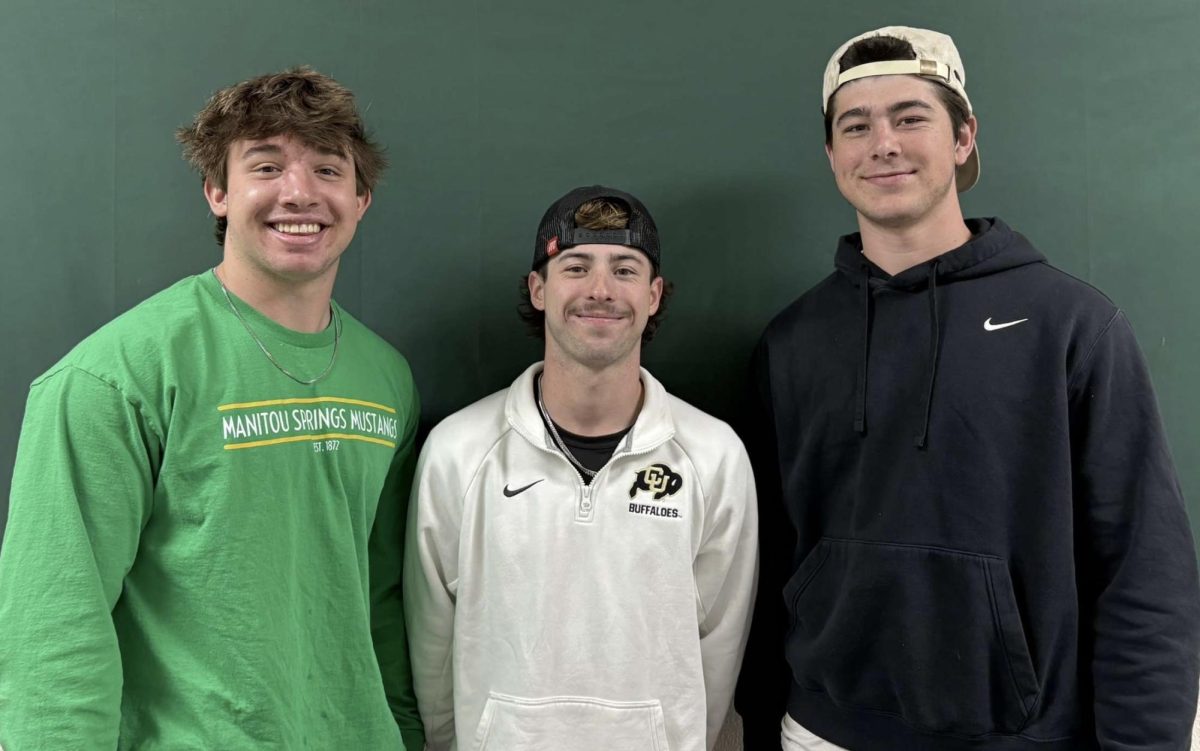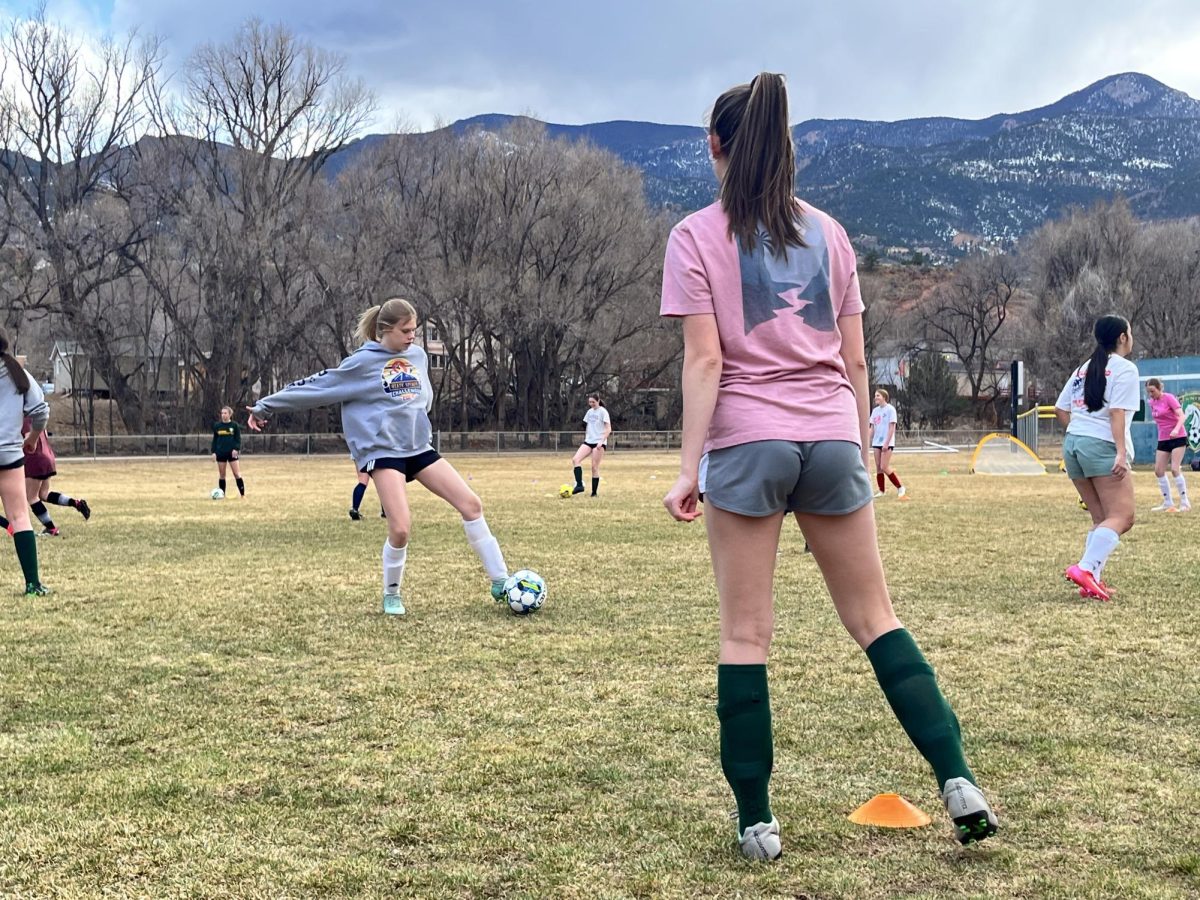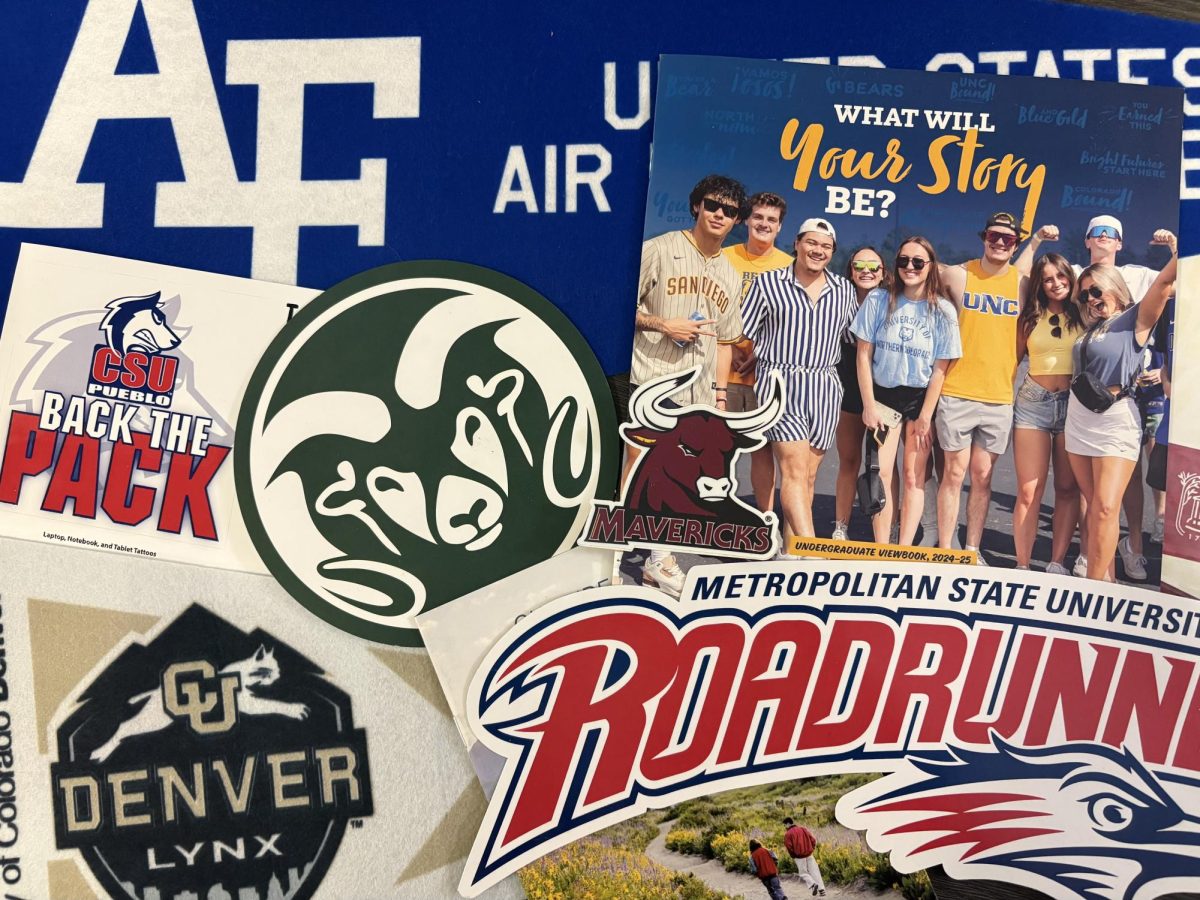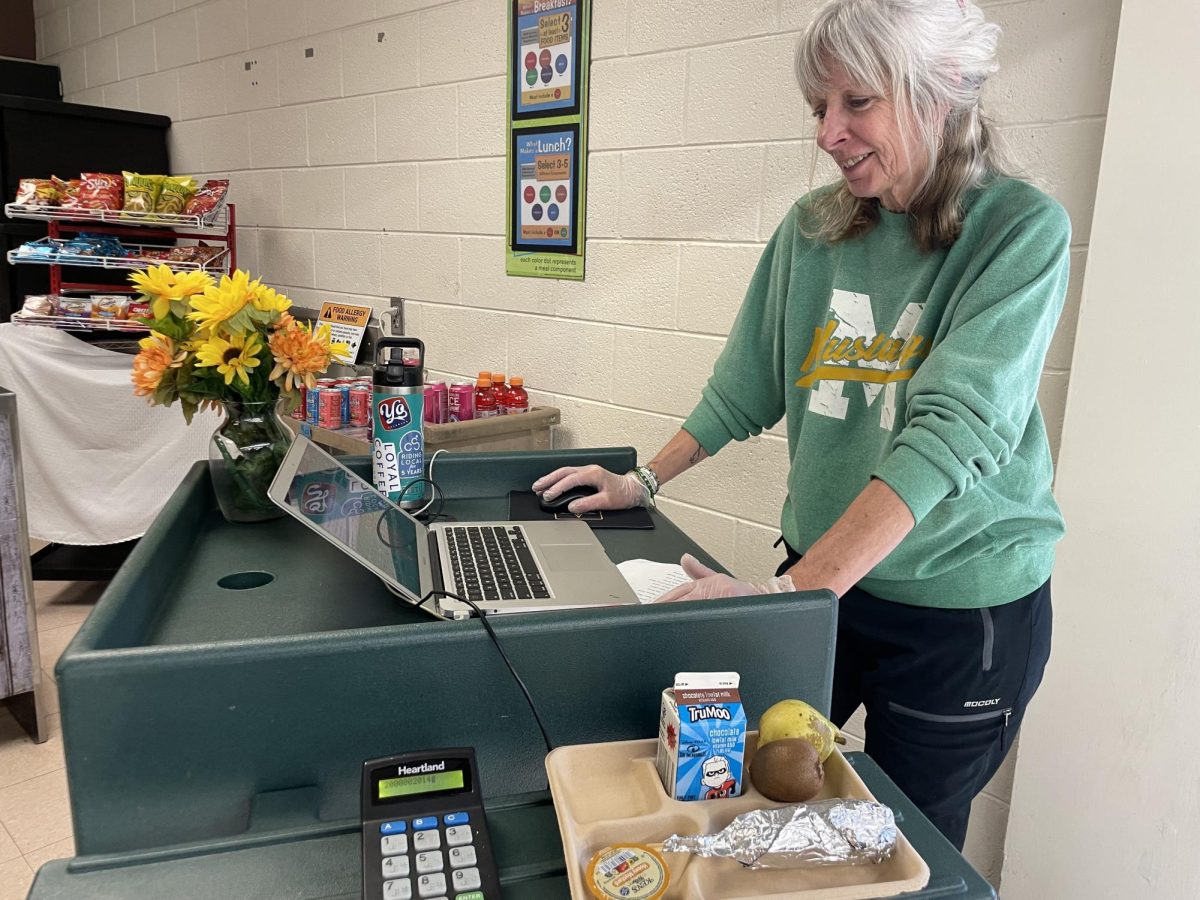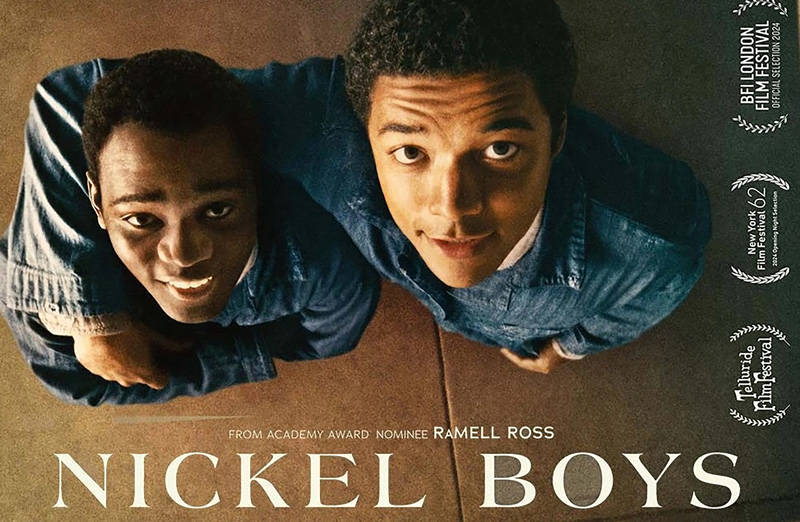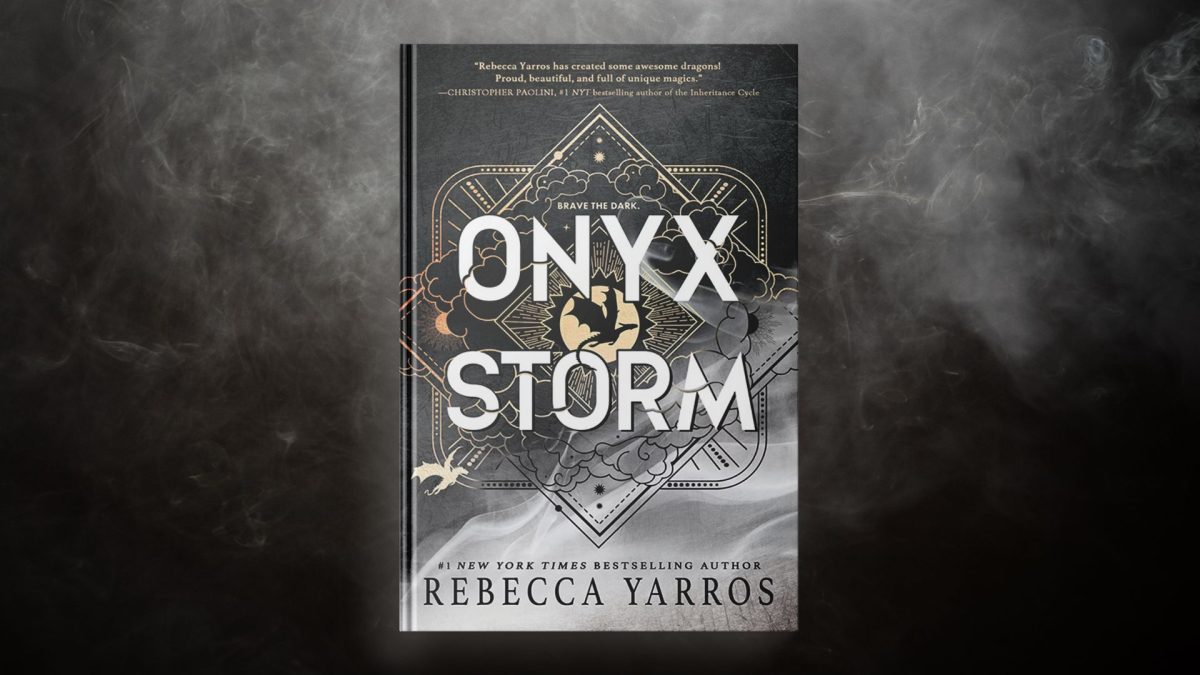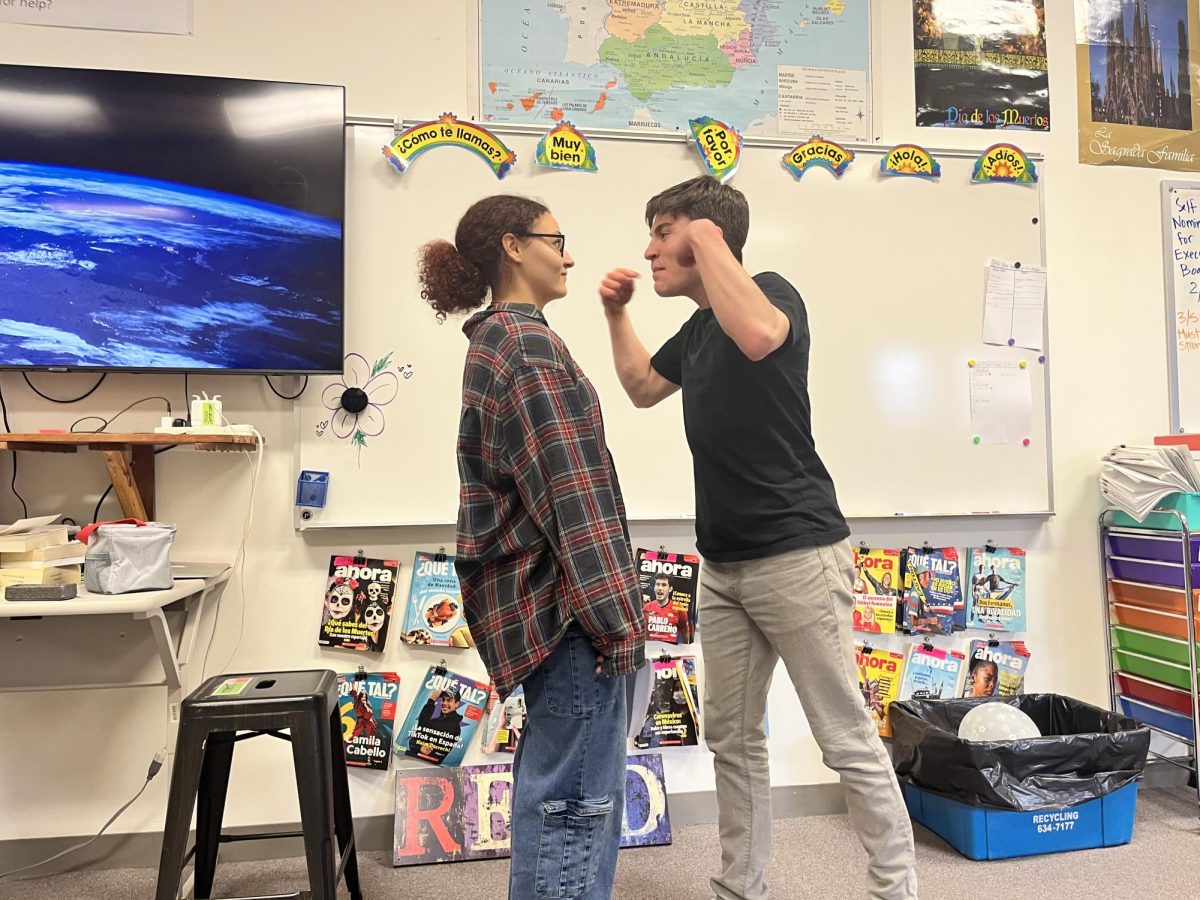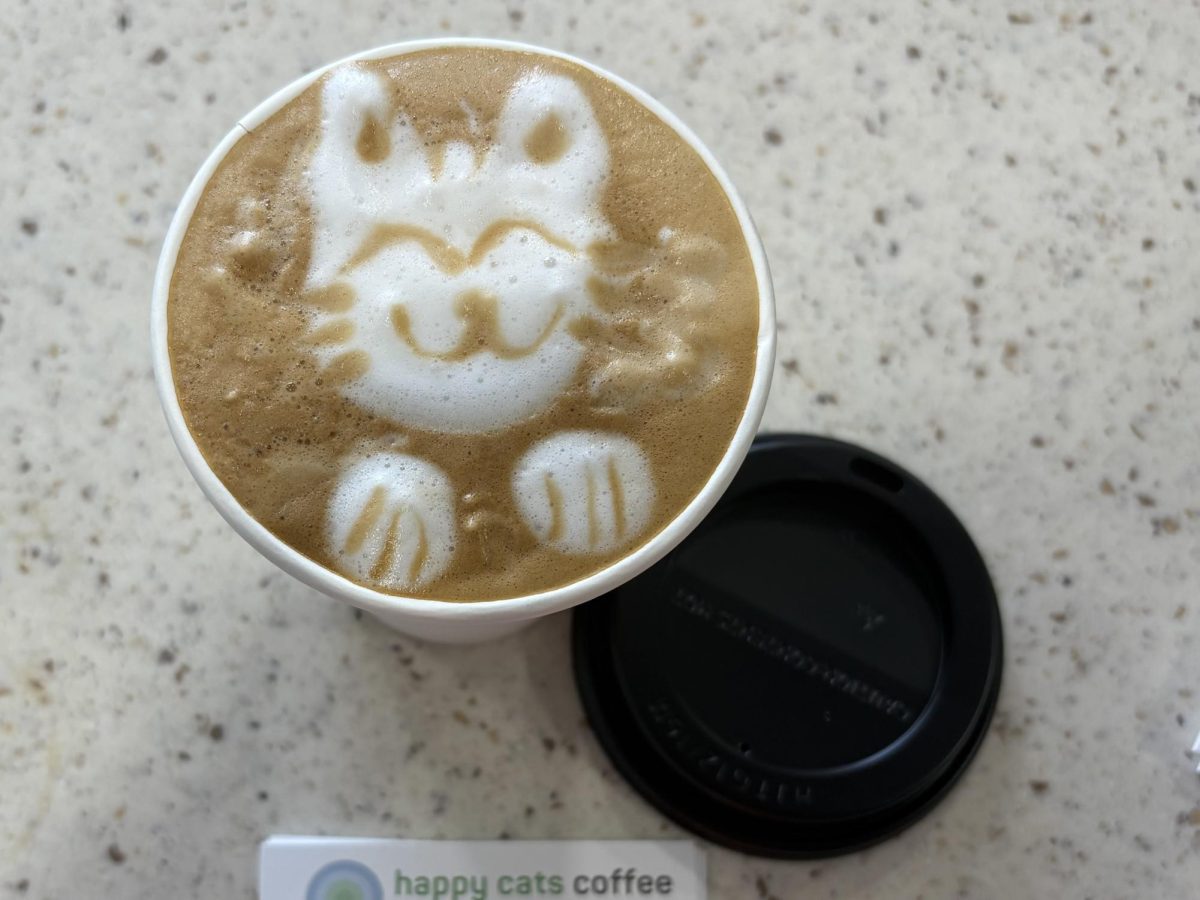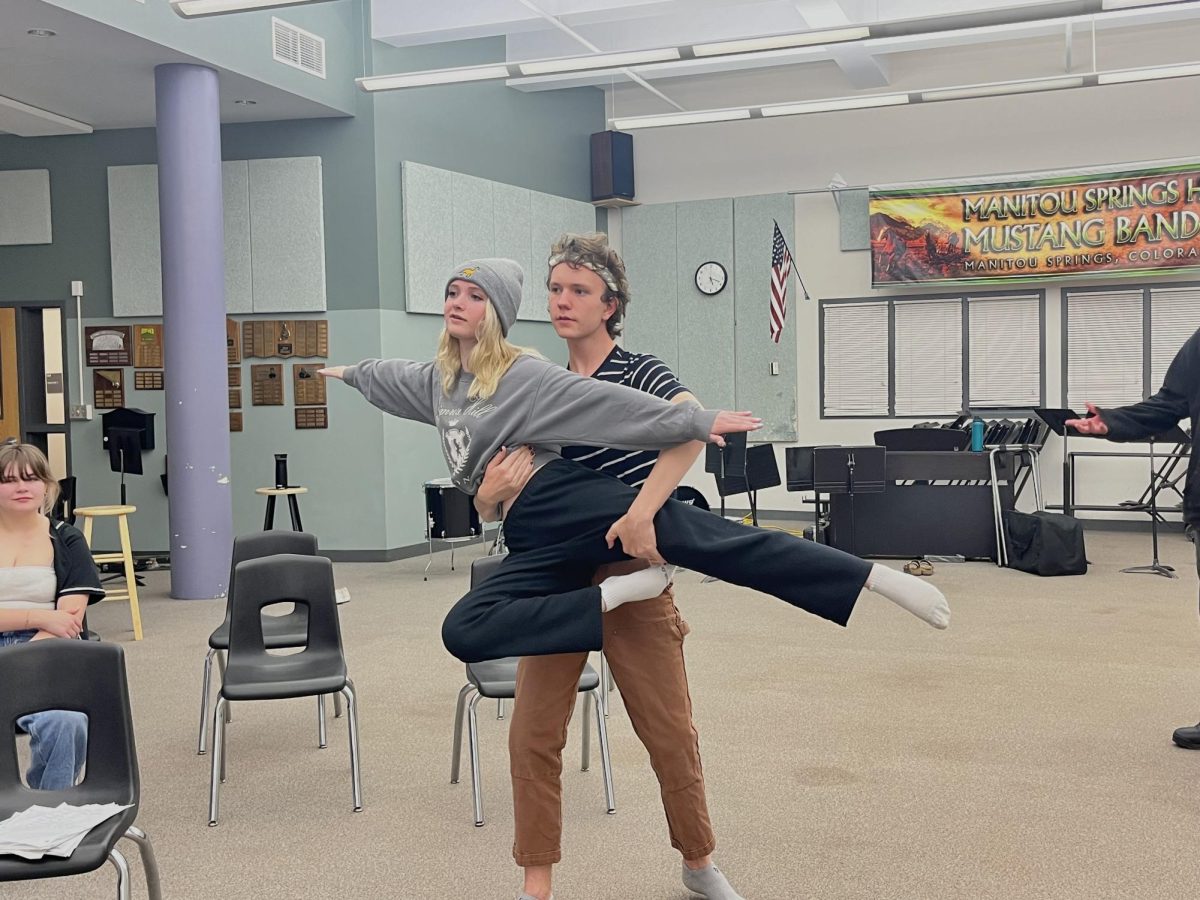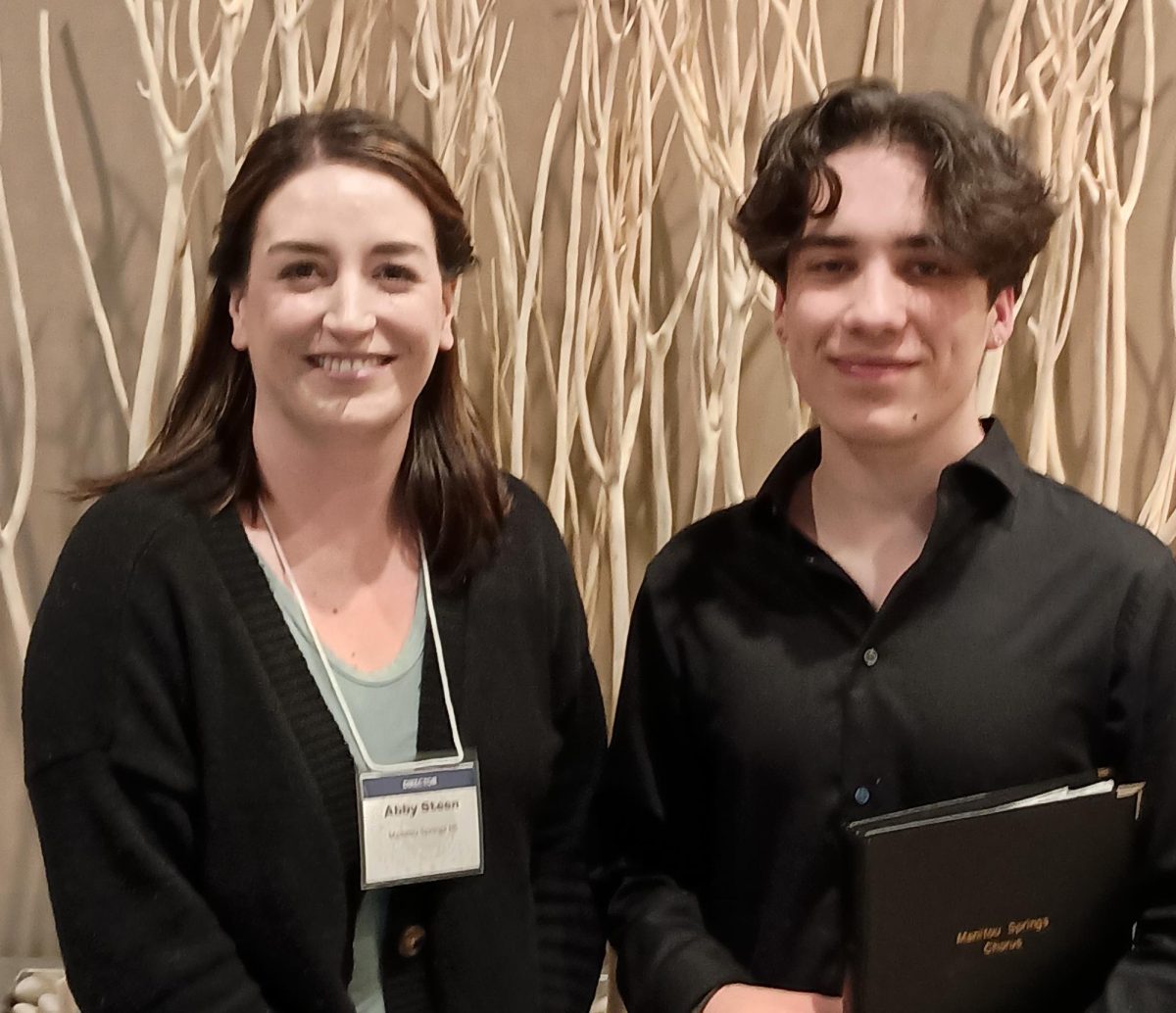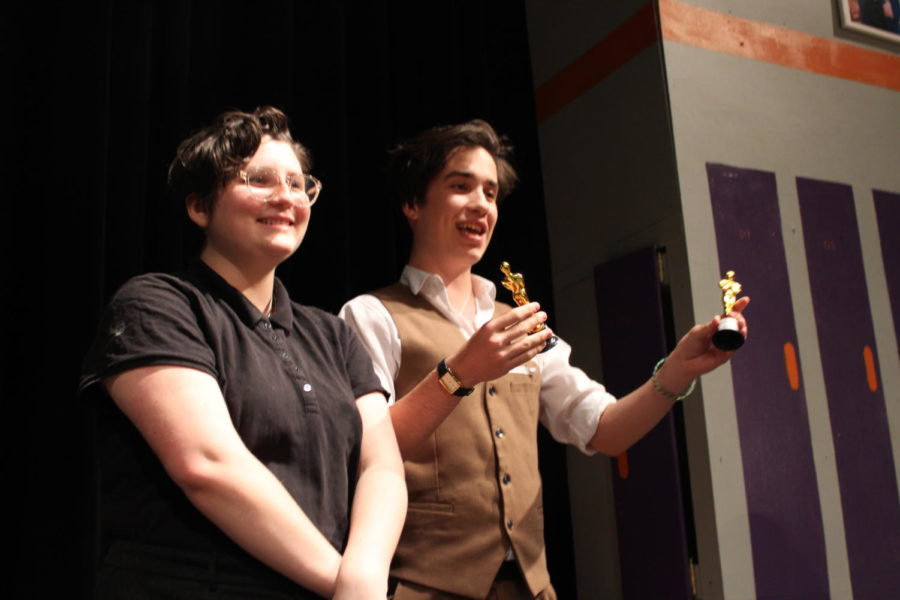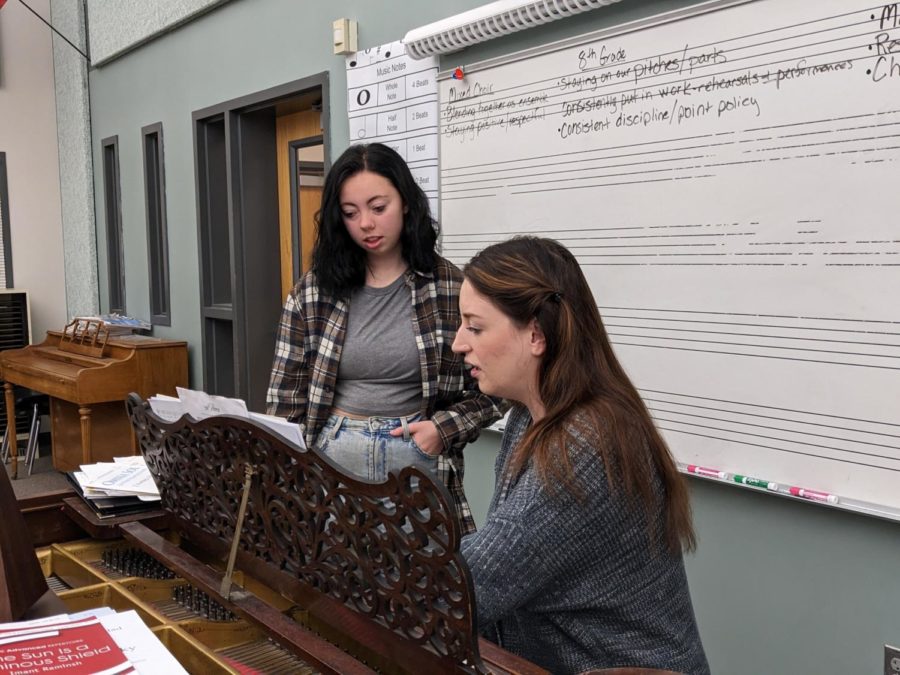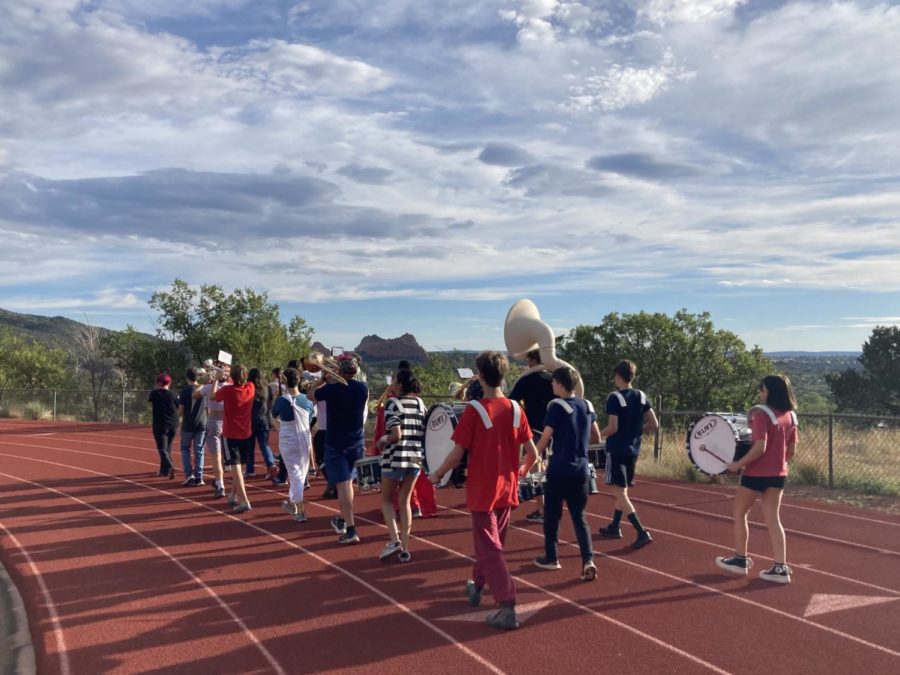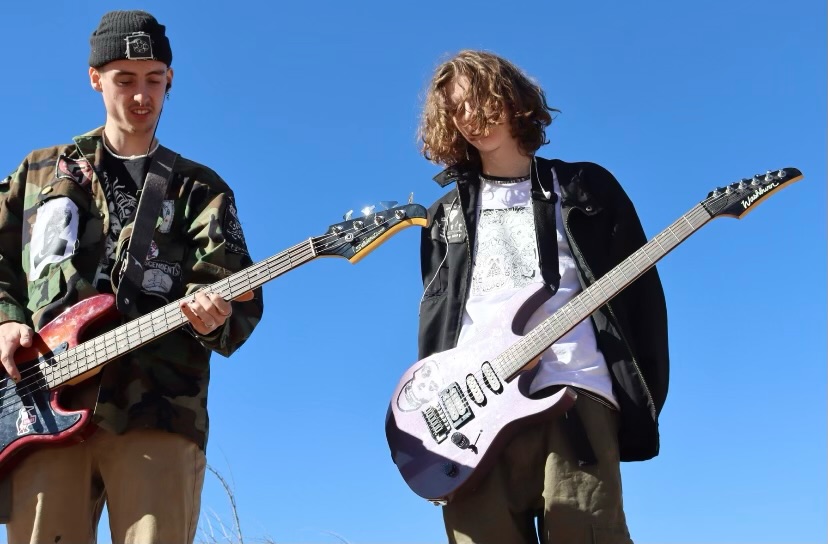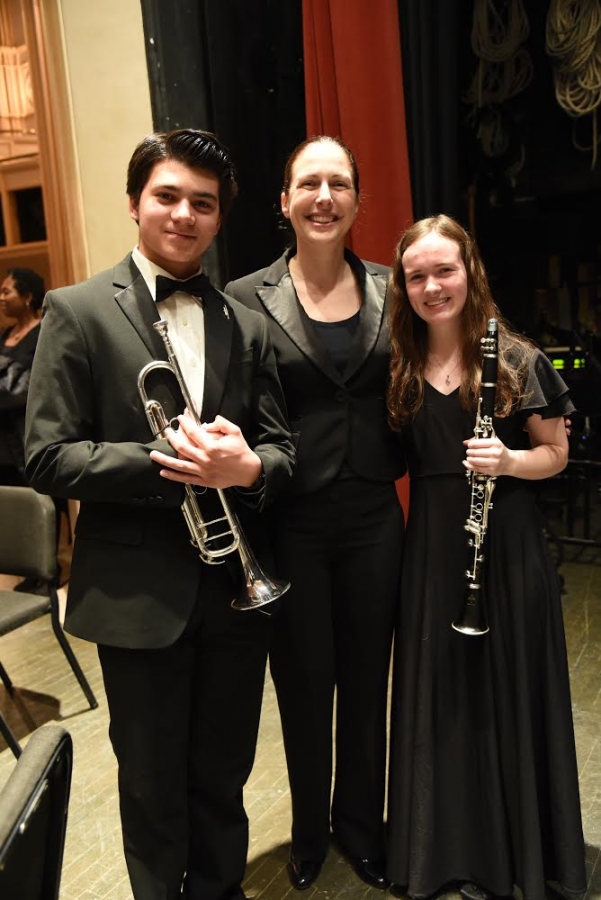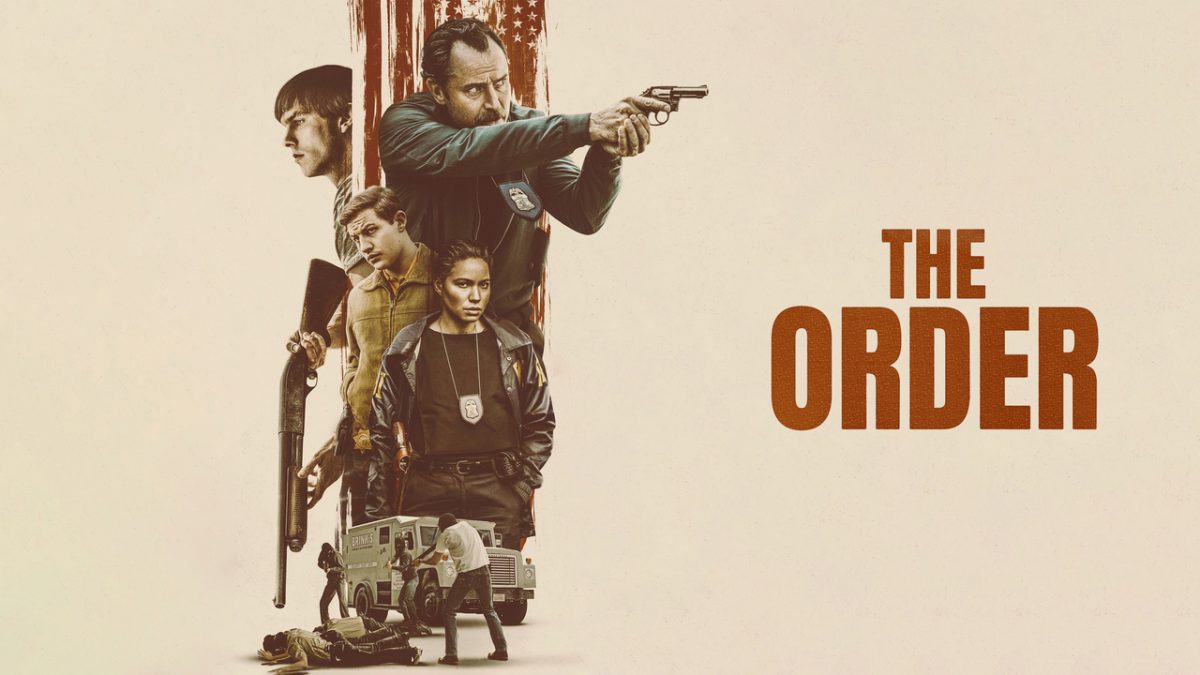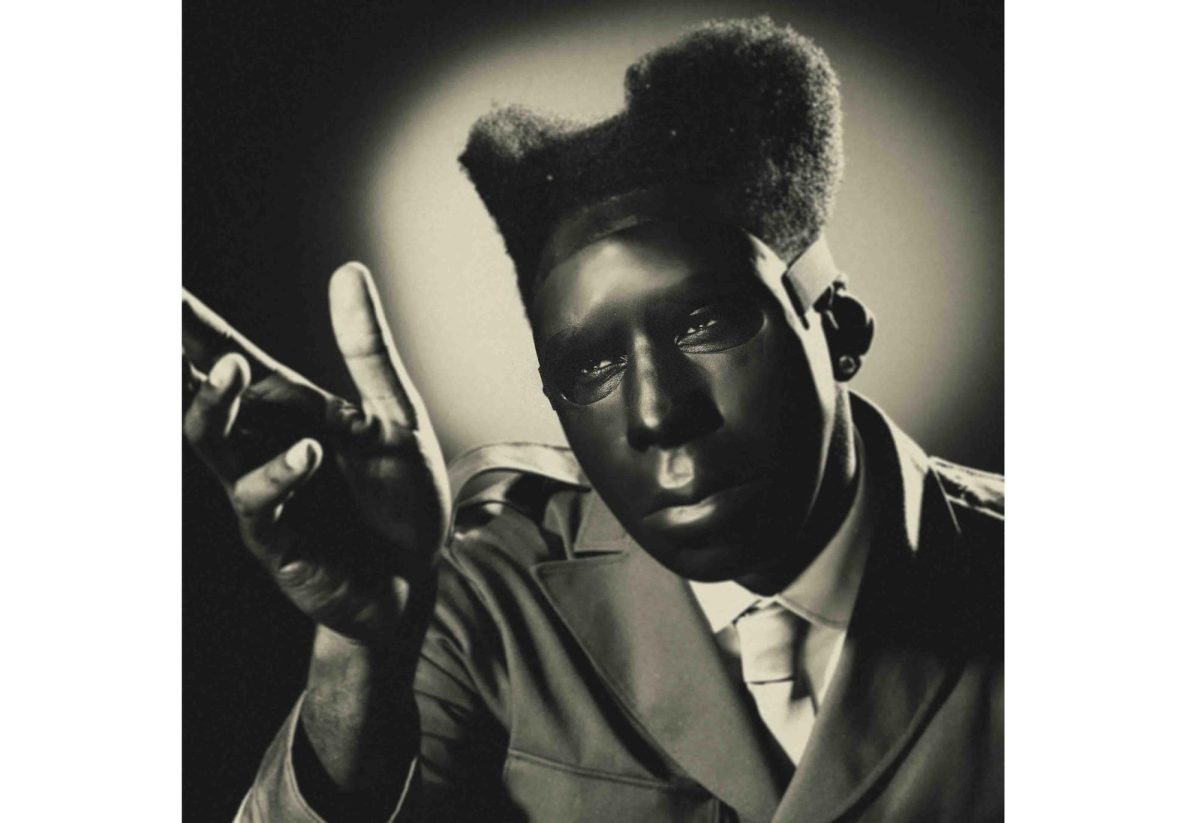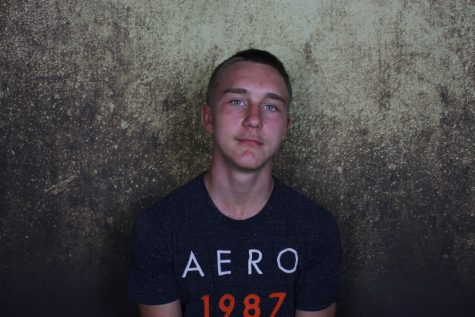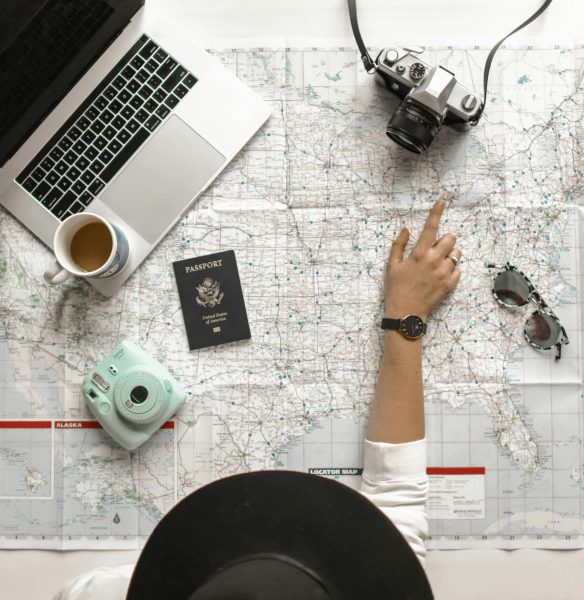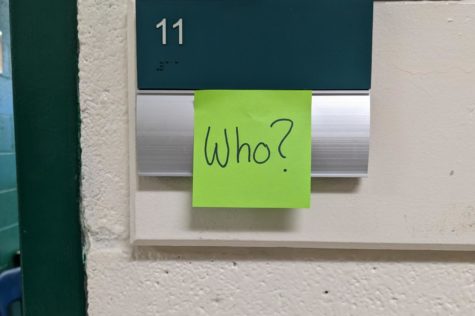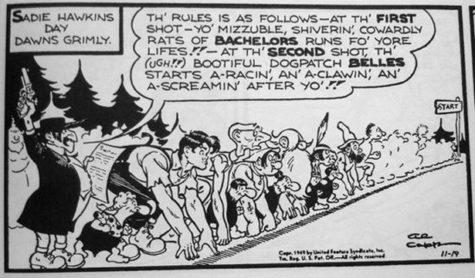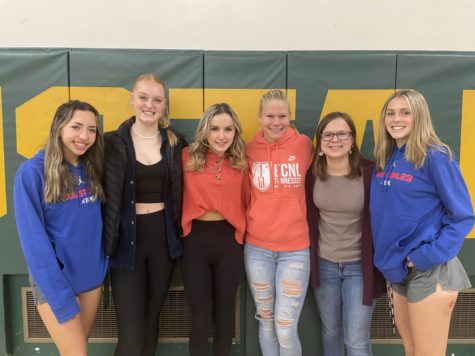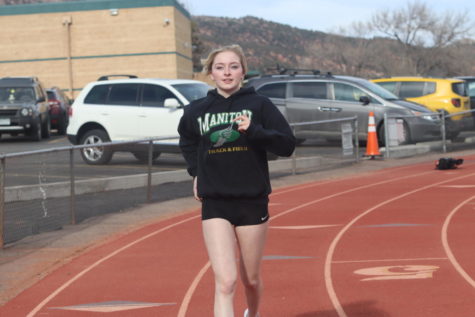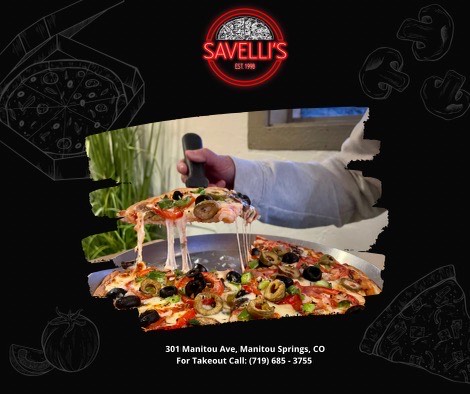Caleb Edwards: Parkour Extraordinare
September 27, 2016
Many of us have hobbies that we are passionate about. Sometimes those hobbies aren’t well known by those around us, but for Caleb Edwards (10), it’s all about movement, and sharing that movement. Edwards is a traceur, meaning he does parkour, or the practice of moving efficiently and practically in any given environment. It’s essentially the chase scenes one would see in an action movie. He also does freerunning, which is parkour with a lot more emphasis on moves done purely for aesthetics. An example would be if a chase scene from a movie included flips and jumps across gaps. Although the term “freerunning” is just a translation of the word “parkour”, which comes from the French word “parcours”, meaning route or course, many traceurs have taken it upon themselves to make the two terms their own distinct practices. Edwards is among those, and makes sure to clear up the difference between the two terms for anyone confused.
Edwards started parkour two years ago because he simply but eagerly thought “it looked cool”. His choice of location for starting out was Flipshack, the local gym in Colorado Springs for parkour and freerunning. He continues to train there once or twice every week, with him paying money to maintain his monthly membership. He does this out of dedication to the sport, not to mention that Flipshack has all sorts of equipment and obstacles to train with, quickly proving its worth in no time. He practices getting from one point to another as efficiently as possible, which falls under parkour, and also practices his freerunning by incorporating style into his runs, often with flips or jumps. Other moves he works on are precisions (jumping from point A to point B and “sticking” the landing), vaults, and climb-ups (climbing up walls from runs).
When not at Flipshack, Edwards has his own trampoline at home to practice flips on. He had started on the trampoline with his first flips, and progressively made his way to landing those same flips on ground. This is what commonly occurs in the world of freerunning, because otherwise, serious injuries can occur if someone attempts to do flips on ground without any previous experience. This is common sense, yes, but it is of utmost importance to practice safety before anything potentially dangerous. Parkour and freerunning are raw sports, meaning that it’s just the person and their environment to deal with. They aren’t like common sports in which protective gear are required, so extra precaution must be taken. This is why equipment like trampolines, mats, or even mattresses are highly recommended for practicing potentially dangerous moves on.
Edwards’ first successfully learned flip is the side flip, of which he can now do with ease. Trampoline, ground, from a height on ground; he can do it anywhere. Wherever he goes, it is his choice of flip. However, that’s not to say he can’t do any other flips. He can do backflips, front flips, and numerous variations of those basics, such as a “kick the moon”, which is a backflip done by kicking one leg forward and up, and then swinging the whole body backwards into a backflip.
Edwards says he does parkour and freerunning “for the feeling of freedom and adrenaline”, and his inspiration in continuing to improve himself is “seeing other people who do it”, as well as the challenge of it all. Parkour is a unique sport, whereupon it’s less about being number one, and more about improving oneself and helping others. In competitions and events, it’s common to see competitors hanging out with each other and being overall friendly, even if they didn’t win. The parkour/freerunning community is one that fosters connection and friendship, and competition pushes traceurs to do their absolute best so they can outperform their friends. It’s that sort of positive reinforcement that helps to make the community what it is.
Edwards is always practicing his skills, even when not at Flipshack or at home. Practice makes perfect, and he knows that. He practices occasionally either parkour or freerunning, or both, usually wherever he is. Soda Springs Park, Memorial Park, Manitou Springs, the elementary school, and even our high school are some locations where he does occasional practice. Because those locations are public and there may be bystanders who witness his runs or flips, he sometimes gets compliments or interjections of surprise. These positive comments help to encourage Edwards to keep doing parkour/freerunning, especially since most bystanders he won’t even know, similar to the audience of a professional traceur/freerunner.
Edwards wishes to become a professional freerunner if given the opportunity to do so. He has expressed his desire to live a fulfilling life, even if not of great length, rather than a long and unfulfilling life. He would be constantly pushing and challenging himself, which would aid in keeping from a stagnant lifestyle. Becoming a professional freerunner would also allow him to travel the world, certainly making for an interesting and exciting life. He would be making friends everywhere he goes, and there would always be something new to see and do each day, at the end of which, he would be doing what he’s truly passionate about.
Many people work in careers that don’t peak their interest, or at least that’s what many complain about. But when someone enters a career that they look forward to and have passion and commitment towards, then something magical occurs. Their job is no longer payed work to feed themselves or their family, but rather the opportunity to do what they love, and get payed to do it. It suddenly becomes the opportunity to express themselves through their work, and to enjoy a lifestyle that they had the opportunity of choosing to follow. And at the end of the day, that’s all it is; an opportunity. It’s not a promise, and it’s not sure, but for Edwards, he would take up that opportunity in a heartbeat.
